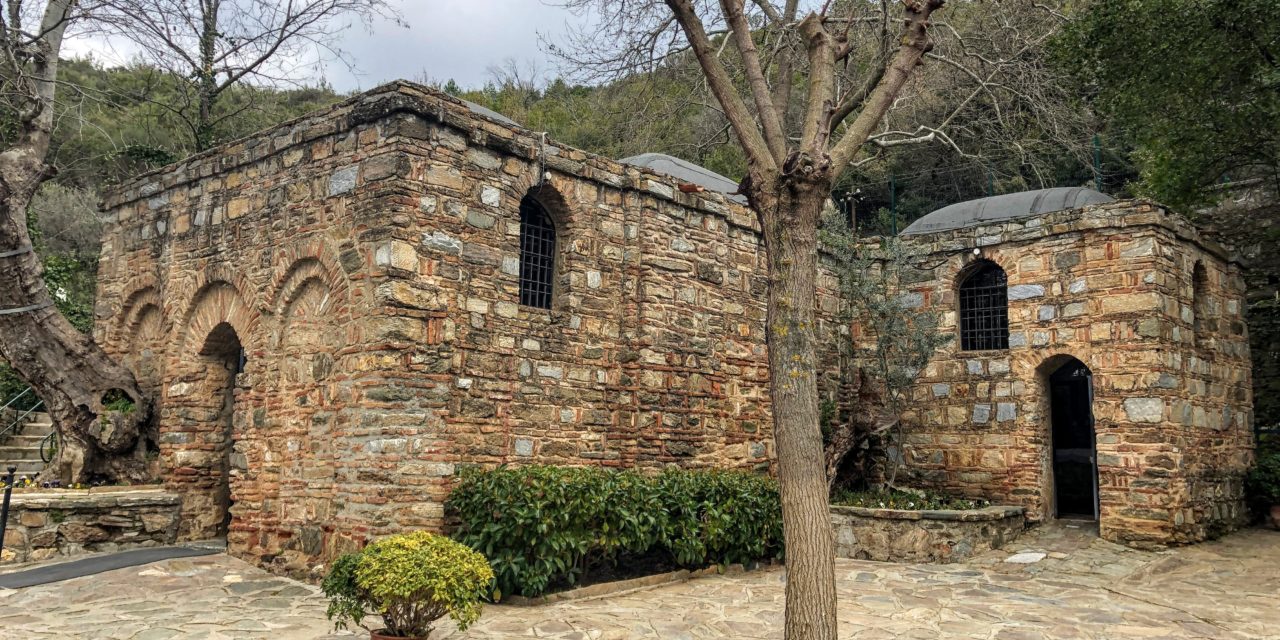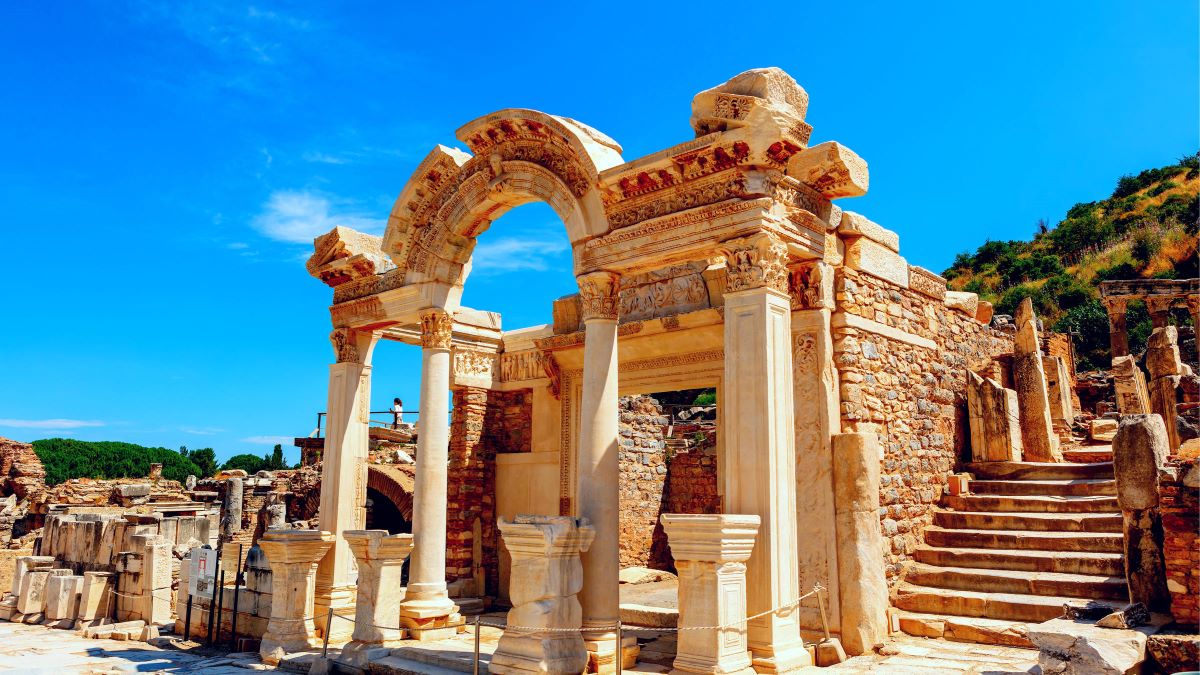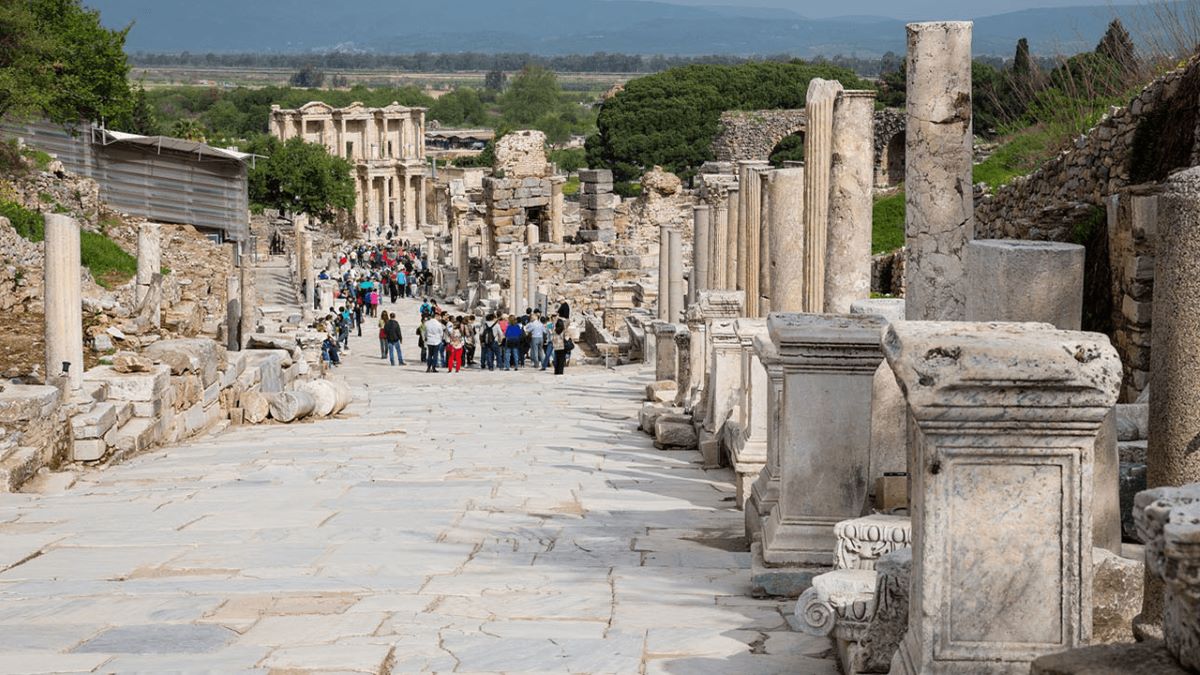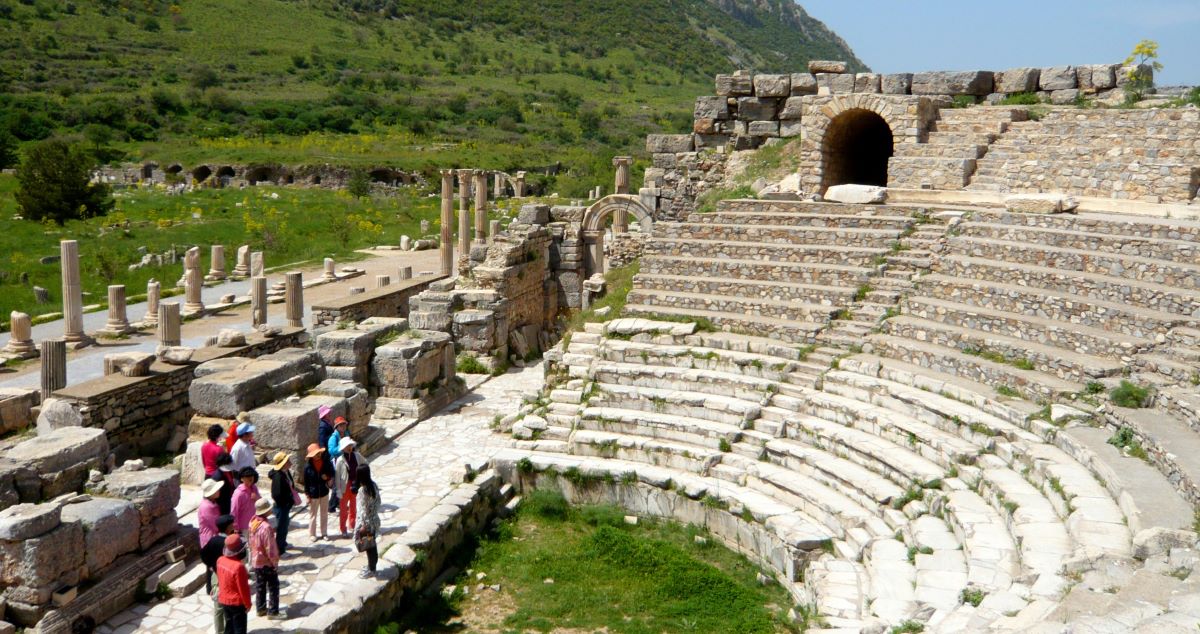Ephesus is a city that holds a wealth of history and culture. Once a bustling…

Exploring the Evidence: The Story of the House of the Virgin Mary

The Virgin Mary’s house is believed by some Christians to be the place where Mary lived in her final years. The house is located in the town of Ephesus, in modern-day Turkey, and is also known as the House of the Virgin Mary or the Shrine of Our Lady of Ephesus.
The discovery and identification of the House of the Virgin Mary as Mary’s home is an intriguing story. In the 19th century, a German nun named Anne Catherine Emmerich had a series of visions in which she saw the house and described it in detail. Her descriptions matched the physical characteristics of a small stone house located on a hillside near Ephesus, which had been used by local farmers for storage.
So, what evidence supports the claim that the House of the Virgin Mary is Mary’s final resting place? There is historical and archaeological evidence to suggest that the house is genuine.
One of the earliest written accounts of the house comes from a document known as the “Transitus Mariae,” which dates back to the 4th century AD. This document describes Mary’s death and burial in Jerusalem but also mentions that she spent the last years of her life in Ephesus.
Another piece of evidence is the Church of Mary, a church dedicated to the Virgin Mary in Ephesus, built in the 6th century. The church was constructed on the site of an earlier building, believed to be Mary’s house. Although the church was destroyed in the 11th century, the foundation of the original building remains.
The most compelling evidence came in the 19th century when Anne Catherine Emmerich‘s visions led to the rediscovery of the house in 1891. French priest Abbé Julien Gouyet, who investigated the house, purchased the property and began to excavate the site, uncovering the foundations of the house as well as various artifacts and inscriptions. Gouyet‘s findings were later corroborated by other researchers, including the Austrian archaeologist Josef Strzygowski.
The house’s location is consistent with the biblical account of Mary’s life. According to the Gospel of John, Mary accompanied the apostle John to Ephesus after Jesus’ death, making it plausible that Mary would have lived in or near Ephesus during this time.The house’s architecture and construction are consistent with the time period in which Mary would have lived. The house is made of stone and has a simple design typical of houses from the Roman period.
There are several inscriptions and symbols found at the site that suggest the house was revered by early Christians. For example, there are several crosses etched into the walls of the house, as well as inscriptions in ancient Greek that refer to Mary as “Theotokos,” “God Bearer” a title given to Mary in the Eastern Orthodox Church.
Lastly, there have been reported instances of miracles and healings occurring at the site, attributed to the intercession of the Virgin Mary. While these accounts cannot be scientifically proven, they add to the overall significance of the house as a place of spiritual importance.
Despite the evidence supporting the authenticity of the House of the Virgin Mary, there are still some scholars and religious authorities who remain skeptical. Some argue that the house was simply a place where early Christians gathered for worship, rather than a specific dwelling place of Mary. Others point out that there is no direct mention of the house in the Bible or other early Christian texts.
Today, the House of the Virgin Mary is a popular pilgrimage site, attracting thousands of visitors each year. The Catholic Church has not officially declared the house to be the Virgin Mary’s home, but it has been recognized as a holy site and is often visited by popes and other religious leaders.
In conclusion, the House of the Virgin Mary remains a site of great significance for many Christians around the world, whether or not they believe it to be the actual dwelling place of Mary. Its history and the evidence supporting its authenticity offer a fascinating glimpse into the life and beliefs of early Christians, and its continued popularity as a pilgrimage site is a testament to the enduring influence of Mary’s life and legacy.




This Post Has 0 Comments